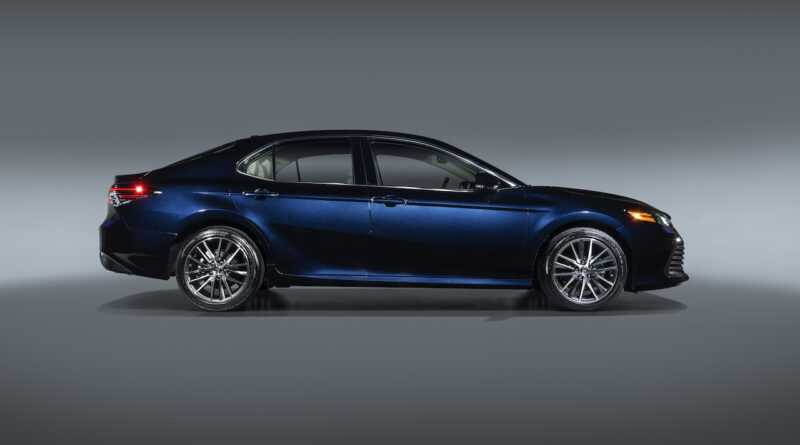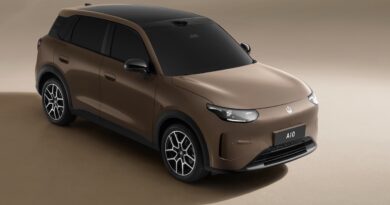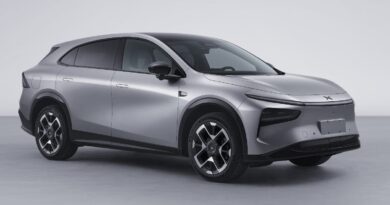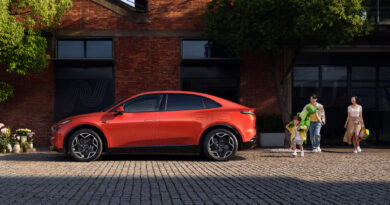Toyota Camry Hybrid battery upgraded
The popular Toyota Camry Hybrid is about to finally make the technical leap from a nickel metal hydride to lithium-ion battery pack in Australia.
Now all Toyota needs to do is make it a plug-in!
The upgrade from 245V NiMH battery for the 2.5-litre petrol electric drivetrain to the 259V Li-ion unit happens in August.
Want the latest EV news and reviews delivered directly to your inbox? Subscribe to our weekly newsletter!
That change previews a facelift and equipment update of Australia’s most popular sedan range that will roll out in Australia in the first half of 2021.
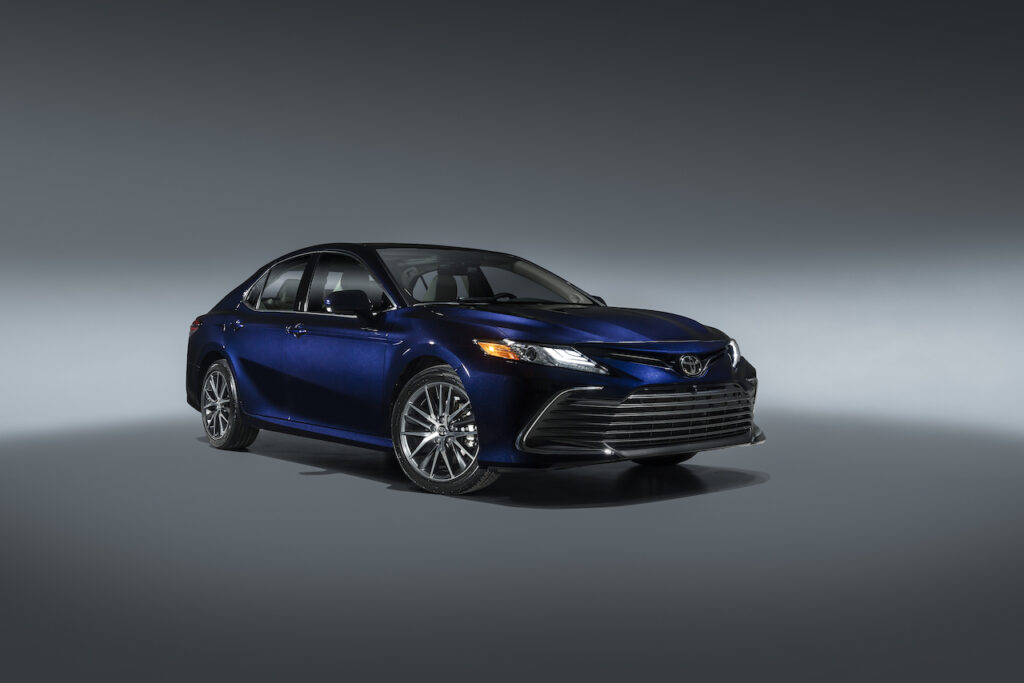
Those changes include new front-end styling with a revised grille and bumper, a redesigned dashboard is highlighted by a new floating touchscreen and there are more safety features.
Dubbed safety Sense 2.5+ by Toyota, the Camry’s pre-collision system can now detect bicyclists in daytime and pedestrians in low light. There’s also better support when turning at intersections and steering stabilisation in emergency manoeuvres.
Adaptive cruise control has been upgraded to allow for smoother overtaking of slower vehicles.
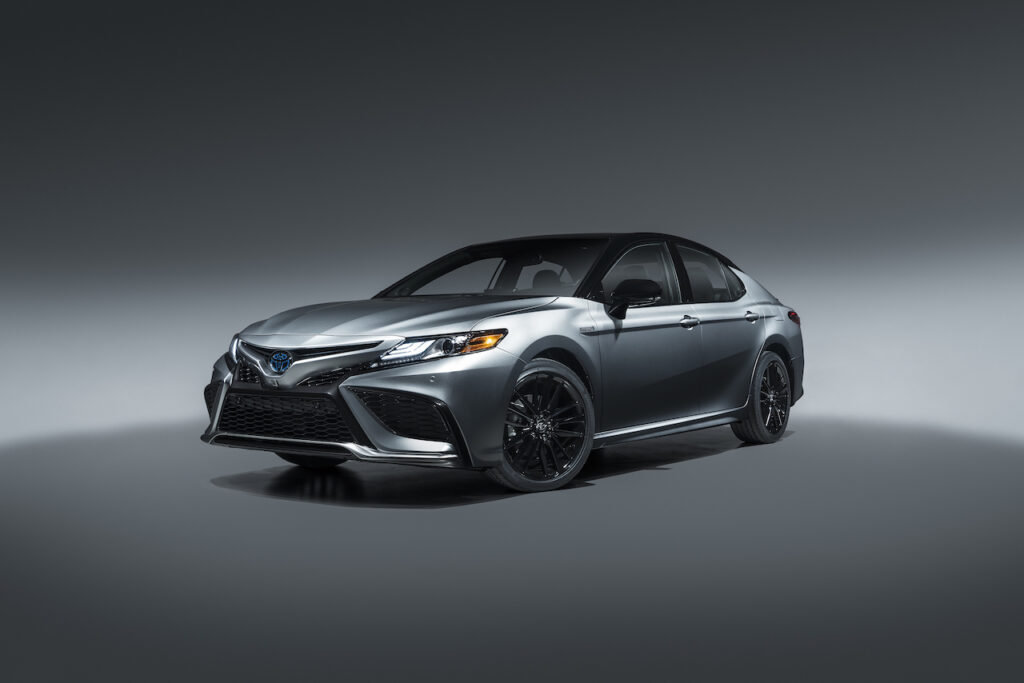
A hybrid pioneer with the Prius, Toyota has remained loyal to NiMH battery packs long after much of the automotive world has shifted to Li-ion.
Expect the shift to lithium-ion batteries to flow through to other Toyota hybrids – including the Prius – relatively quickly.
In the USA, the biggest market for Camry and a key development centre, the 1.6kWh NiMH battery was joined by a 1.0kWh Li-ion battery pack in the line-up when the current generation was introduced in 2018.
The move to lithium-ion is happening to all Camry Hybrids around the world.
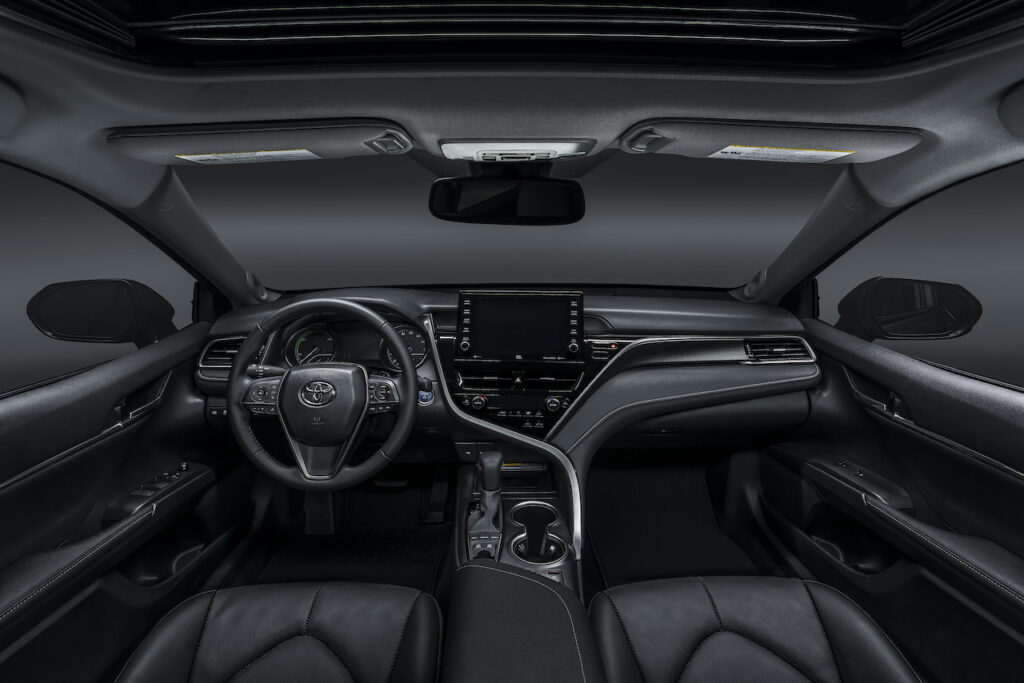
Li-ion batteries are regarded as being more reliable and more efficient than NiMH. The new battery pack will fit in the same space as the old one under the rear seat.
Judging by specs issued in the USA there are no powertrain output upgrades that come with the battery swap, so that means the combined power output for the internal combustion engine (ICE) and permanent magnet synchronous remains at 155kW in the USA.
In Australia it’s claimed at 160kW and fuel consumption is rated at 5.2L/100km. No fuel consumption figures have as yet been issued for the 2021 Camry.
In the first six months of this year, 4108 Camry Hybrid sales have accounted for 63 per cent of all Camry sales, making it the highest percentage of any model in the Toyota lineup.
The Camry Hybrid was first introduced in Australia in 2009 when the model was locally built. Production ceased in 2017 and sourcing shifted to Japan with the introduction of the current generation.
The 2021 Camry Hybrid upgrade is one of a long list of electrified Toyotas rolling out in Australia.
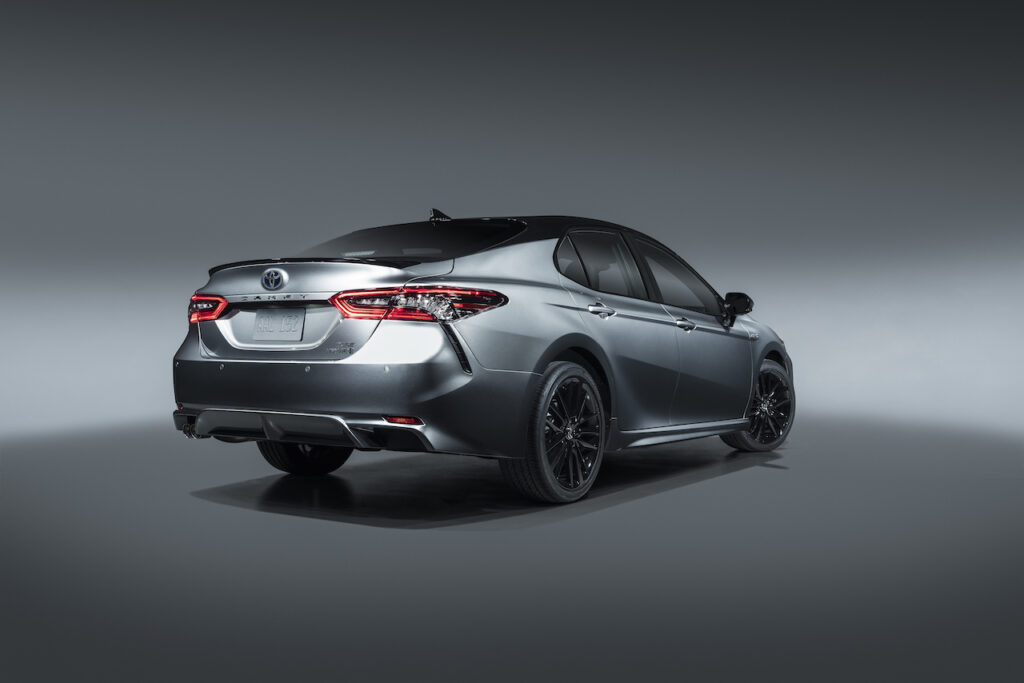
More Toyota hybrids coming
Toyota’s hybrid line-up currently includes the Corolla, RAV4, Prius and Camry. Yaris, Yaris Cross, C-HR, Kluger and Corolla Cross hybrids are also on their way.
However, while Toyota has popularised hybrid cars in Australia to the point where they are now mainstream, the top-selling brand has lagged with rechargeable electric vehicles.
Toyota currently sells no pure EVs and no plug-in hybrid EVs in Australia.
However, Toyota has been trialling the Mirai hydrogen fuel cell car in Australia with the view to one day selling it locally.
Fuel cells are regarded as having strong potential for commercial vehicle applications, including off-roaders such as the LandCruiser, Prado and Hiluix.

